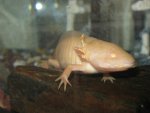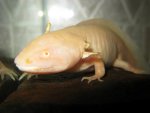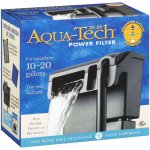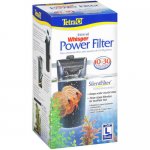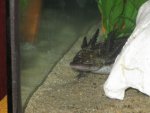Hi Abberzoo,
I suspect water parameters being the main culprit here. I look at the photos you provided and can make out what seem like a layer of smooth rocks and pebbles as substrate in the background. Often such substrate lead to poor or fluctuating water quality issues as they can easily trap and accumulate waste.
1 - Test your water for ammonia, nitrites, nitrates, pH. You can bring a sample of your tank water to the aquarium shop to have them tested. Otherwise, its always a good idea to invest in a good colourimetric solution type test kit.
2 - Perform regular 20% water changes with clean dechlorinated water. Tap water is fine as long as you use a dechlorinator. There really is no necessity to specially get bottled water. I doubt you have soft water unless you are using distilled water.
3 - Siphon or use a turkey baster to remove visible wastes at the bottom of the tank.
You want to aim for 0 Ammonia and nitrites and <60 nitrates. pH should ideally be around 7 but is not as critical. A range of 6.5-8 is fine.
Nutrition is important as well. The best food source are still earthworms, although bloodworms, blackworms and axie pellets are excellent staples as well. I would advise against feeding mice and goldfish. If you are keen on using feeder fish, they best types are guppies and minnows. Even so, they are to be fed very sparingly as an occasional treat.
Cheers.


